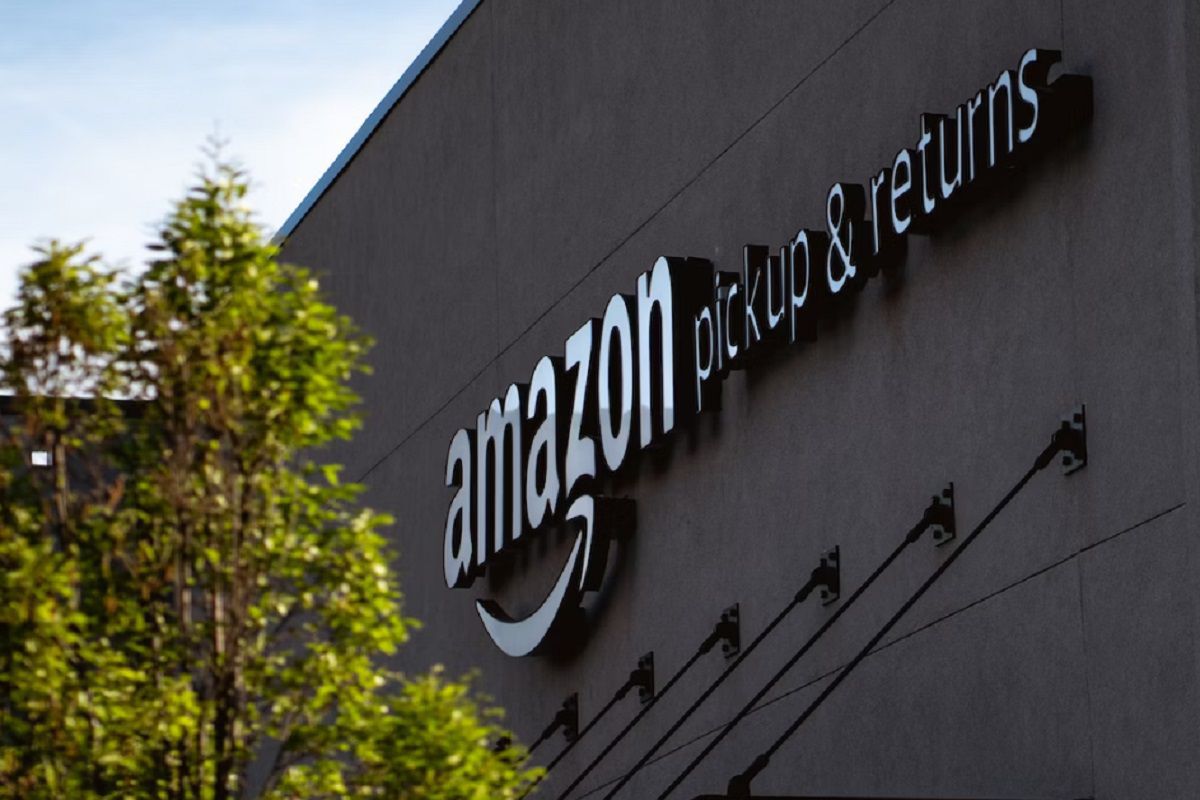Amazon and Walmart in the US market have long been in a state of competition with respect to each other, in this situation, the obvious circumstance is that at certain stages one of the participants in the conditionally adversarial process will be in a more advantageous position.

This week, Morgan Stanley experts published a note that predicts that by 2025, Amazon’s share in the category of beauty products will reach 14.5%. At the same time, Walmart’s projected figure by this point is 13%. Currently, there is a preponderance of forces not in favor of the likely leader, according to the authors of the note. As of the end of the first quarter of 2023, Walmart’s share was 5.9%, and Amazon’s figure was 5.1%. In addition, this state of affairs indicates that there is no large gap between the scale of the companies’ market presence.
Shortly before the coronavirus pandemic, Amazon’s share of the beauty products market was 2.1%, which is an extremely low level. After the start of restrictive measures, this indicator began to show positive dynamics. Currently, the share of the e-commerce giant is declining again, but not significantly. This dynamic is explained by the fact that the economy has moved from closed to open mode amid the lifting of restrictions related to the spread of coronavirus.
In a more global dimension, Amazon is significantly superior to Walmart, with a share of total discretionary spending equal to more than 20%, while the competitor’s figure is 6.7%. In the structure of e-commerce spending, the gap is gradually turning into a chasm. In this system, Amazon’s share is approximately 48%, and Walmart’s indicator is about 7%.
At the same time, Walmart holds leading positions in some tactile categories. One example is the products of the auto parts category. Experts attribute this to the fact that in this case, the experience of tactile sensations is important, which is not so relevant for products of another purpose.
In the field of food and beverages, Walmart also holds a leading position, where its share is more than 19% against about 2% from Amazon. In the clothing category, the balance of power in the context of competition between the two companies has changed fundamentally over the past few years. In 2016, Amazon’s share in this area was 4%, and Walmart’s figure was 5.7%. As of today, the companies have changed places in terms of their position in the clothing market. Currently, Walmart’s share is 7.3%. This is a positive trend compared to 2016, but Amazon’s share has grown to 15% over the same period. In this situation, Walmart’s unconditional growth was significantly offset by the competitor’s achievements, which are more impressive.
Experts say that from the point of view of future development prospects, the forecast regarding Amazon’s activities is more positive. Walmart, according to analysts, cannot turn visitors to its chain of stores into regular customers who purchase most of the goods in the same retail establishment.
It was also recorded that consumer loyalty to Amazon exists against the background of interaction with other companies. For example, 87% of Walmart+ users are also Amazon Prime subscribers.
As we have reported earlier, Amazon Tests Dine-In Payments in India.









